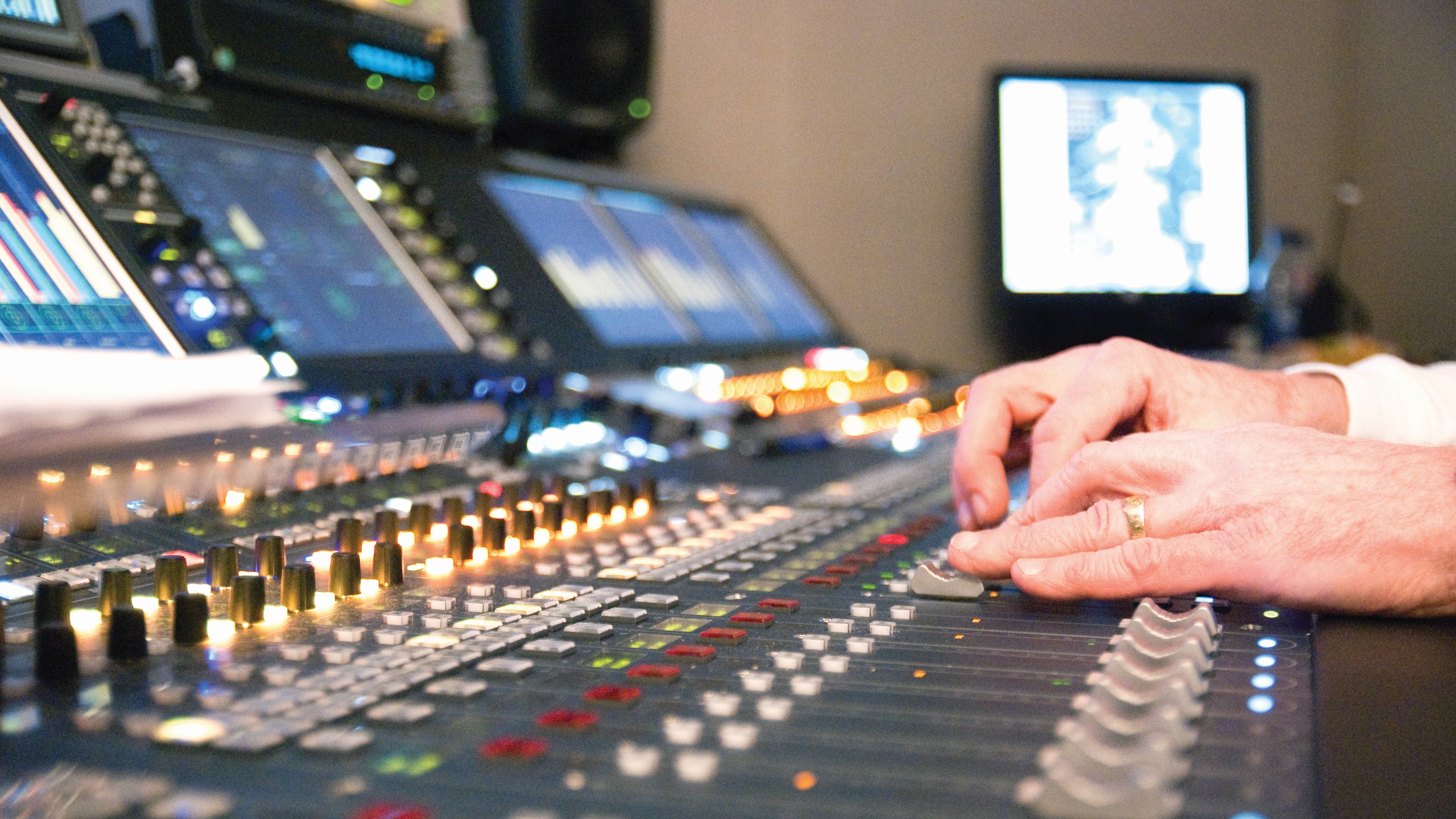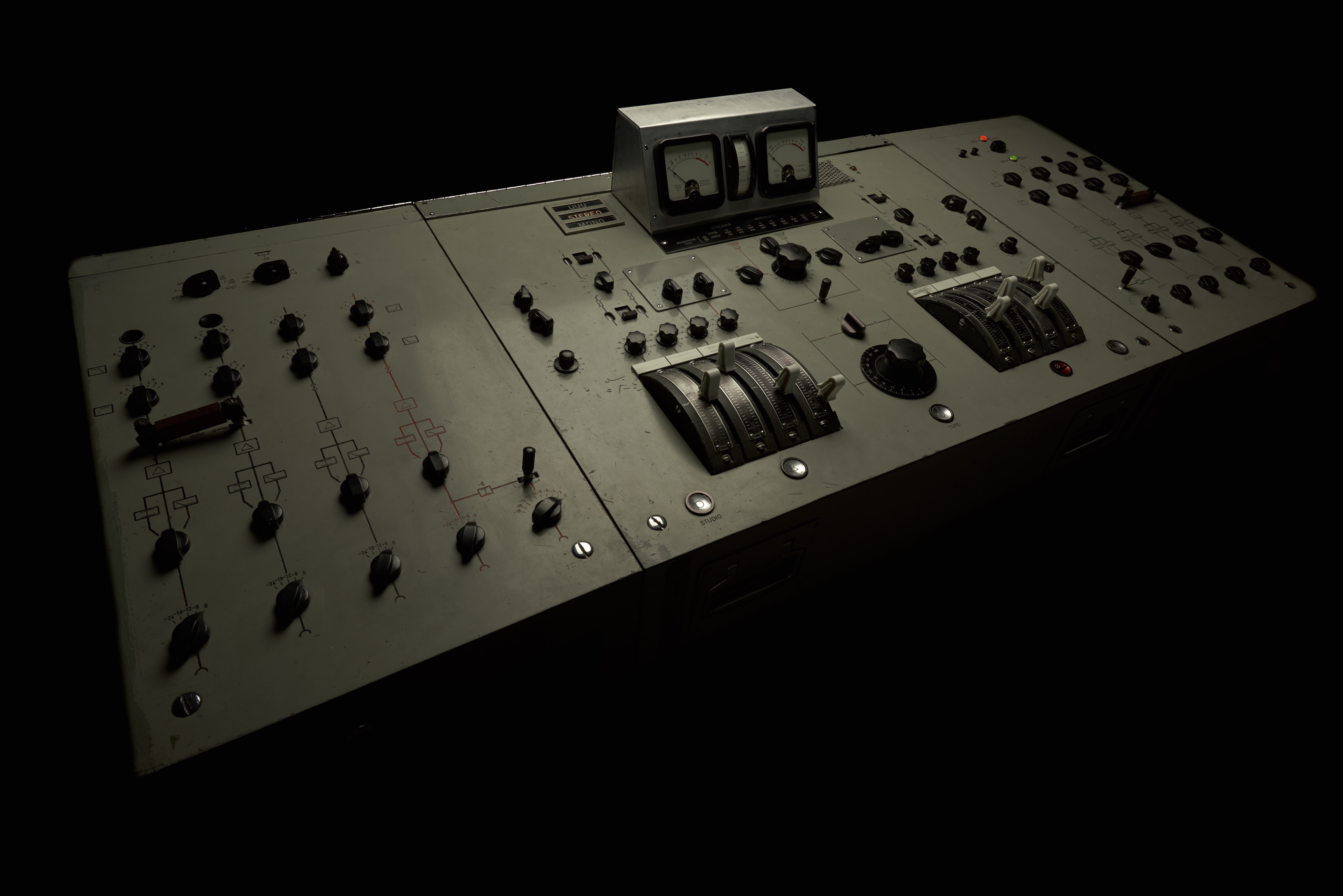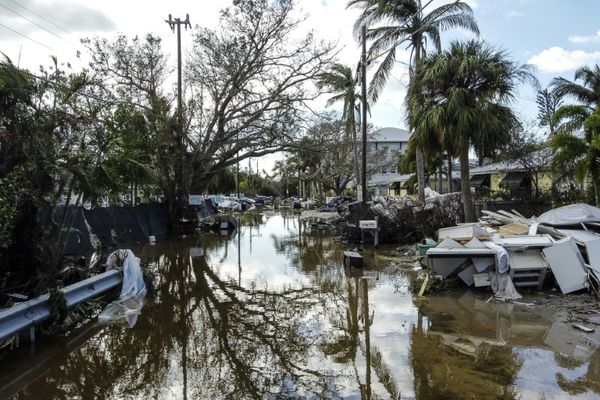
Since replacing radio as the most popular mass medium in the 1950s, television has played an integral role in modern life. Both reflecting and shaping cultural values, television has often been lauded for its ability to create a common experience for all its viewers.
Major world events such as the John F. Kennedy and Martin Luther King assassinations in the 1960s, the Challenger shuttle explosion in 1986, the 2001 terrorist attacks on the World Trade Center, and the impact and aftermath of Hurricane Katrina in 2005 have all played out on television, uniting millions of people in shared tragedy and hope.
The medium continues to evolve today as streaming services multiply and gain market share, focusing more on content creation than syndication. Broadcast production evolved in tandem to support the ever-changing watching habits of its audience and their insatiable desire for 24x7 content access.
The “Good Old Days”
Although programming was in its infancy, the 1950s were considered the "golden age" of television. Some of the earliest entertainment programming on television came directly from radio, including such popular programs as The Adventures of Superman, The Lone Ranger, and several soap operas.
While many shows were broadcast live during the golden age, I Love Lucy was produced with a new technique. Three cameras caught the action, which reduced interruptions and retakes. The filmed episodes could then be rerun by the network and sold into syndication for extended profitable runs. These production techniques both captured and shaped the stories being broadcast.
The shift from analog to digital TV was broadcasting’s most significant change in 50 years. The FCC replaces the NTSC standard in 1996, requiring all broadcasters to adopt DTV by 2006. This transition was challenging, necessitating new equipment and adjustments, including updating makeup techniques for high-definition broadcasts.
Audio, often considered an afterthought of television broadcasting, mirrored video advancements over the decades. The 1950s brought about some significant changes, as magnetic tape became the industry standard for recording audio. In 1958, EMI installed the first dedicated stereo mixing system, the REDD 17, at Abbey Road Studios in London.

This was the legendary console used by the Beatles and many other artists and is often credited with establishing the concept of the large-format console still used today — with faders at the bottom and EQ controls for each channel above.
TV stations began stereo broadcasts in 1985 (see Randy Hoffner, former NBC tech exec and TV Tech columnist introduce the format on Late Night with David Letterman). In the 1990s, as stereo television, stereo VCR, and home theater sales continued to increase, stereo surround sound became common for network programming. CBS broadcast all of its college and professional football games in stereo surround sound for the first time during the 1999-2000 season.
As DAW (Digital Audio Workstation) software became the center of many studio workflows for audio recording and mixing in the 1990s, DAW control surfaces began to rise in popularity. In the mid-2000s, home studios began to proliferate as computers became more powerful with each passing year. With the DAW firmly established as the core of most recording studios, many engineers and enthusiasts began looking for ways to expand their capabilities further.
Looking to the Future: Cloud-based Production
Cloud-based production is the natural evolution of DAW software. It seamlessly integrates various audio devices into a unified ecosystem, revolutionizing how broadcasts are managed. Reducing the need for travel also reduces the associated risks, such as those posed by extreme weather events, political instability, or health crises like the COVID-19 pandemic.
This approach also broadens access to talent. Remote production makes it easier to include commentators, analysts, or guests who cannot be physically present at the broadcast location. They can contribute from wherever they are, making it possible to include a broader range of voices and perspectives in the broadcast.
Scalability is another key advantage. Broadcasters can easily scale up their operations to cover large, multivenue events or scale down for smaller productions. This flexibility makes cloud production a versatile solution that can be adapted to a wide range of broadcasting needs.
One of the less obvious but equally important benefits realized with cloud-based production is that it reduces the physical footprint at the broadcast venue. By minimizing the need for onsite equipment and personnel, remote production is less disruptive to the event itself, allowing for a more authentic and uninterrupted viewer experience.
Cloud-based production offers a flexible, efficient, and scalable solution that can meet the demands of any broadcast. Audio endpoints can send synchronized, high-fidelity audio directly to best-of-breed or customer-preferred production software in the cloud, reducing the need for mobile studios and trucks.
Audio can be distributed globally within the cloud, allowing different teams to use the same audio within multiple applications and locations to address different audiences, languages, and aspects of the production process. Source audio can be sent from remote sites directly to the cloud so mixing engineers can do their jobs from wherever they are located, again without the need to roll expensive outside broadcast truck deployments.
The future of broadcasting lies in the ability to manage complex, overlapping productions from a centralized, cloud-based location. Whether it's overlapping NASCAR events or SXSW, cloud offerings like Dante Connect offer production teams flexibility, efficiency, and scalability that can meet the demands of any broadcast.
The journey of television from its "golden age" to the digital era has been remarkable. As we embrace the future, cloud-based production emerges as the beacon, promising efficiency, inclusivity, and adaptability. Unlike the significant equipment changes seen during the DTV transition, cloud production and network infrastructure streamlines productions and tells more stories without massive overhauls.
The next chapter in broadcasting is not just about technological advancement but about creating richer, more diverse content for a global audience.







